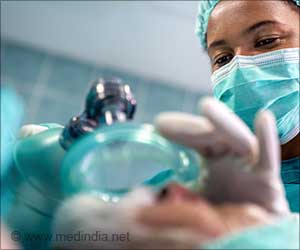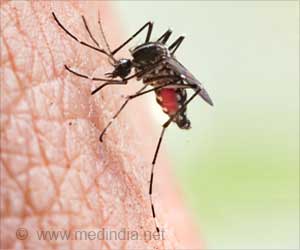Researchers from Granada have developed new methods to achieve sensitive detection of pesticides and antibiotics in water and natural food.
Researchers from Granada have developed new methods to achieve sensitive detection of pesticides and antibiotics in water and natural food.
Presence of antibiotics in foods of animal origin or fresh water can cause bacterial resistance or allergic reactions to the consuming population, as well as industrial problems in fermentation processes.The study, carried out by the research group “Quality in Food, Environmental and Clinical Analytical Chemistry (FQM-302)”, at the University of Granada, proposes new analysis methods for the identification of pesticide residue (carbamates) and antibiotic residue (sulfonamides) in water, plant foods and food of animal origin like milk and meats from varied sources.
These new methods constitute a routine analysis alternative to the analysis used until now.
Researchers point out, regarding water, that “the interest caused by control of residue levels of pesticides, which can be found in water as a result of treatment of crops with such compounds, is widely known.”
However, concern on detecting pharmaceutical residue, specifically antibiotic, is quite recent. The presence of these contaminants in fresh waters can cause a certain bacterial resistance or allergic reactions in the consuming population, they add.
For the study, the researchers used techniques that have not been much explored in these fields - Cathodoluminiscence detection (CL) connected to Flow Injection Analysis (FIA) and High Performance Liquid Chromatography (HPCL), or Capillary Electrophoresis (CE) with UV/Vis detection using an online preconcentration technique in the capillary itself, or detection via Mass Spectometry (MS).
Advertisement
Researchers revealed that methods developed in this work could be applied in the future to routine analysis for this kind of residue control in plant foods and foods of animal origin, in Quality and Alimentary Safety laboratories, or in the detection of such contaminants in waters of varied sources.
Advertisement
The findings of the study have been published in international scientific journals such as ‘Analytica Chimica Acta’, ‘Journal of Chromatography’, ‘Trends in Analytical Chemistry’ and ‘Electrophoresis’.
Source-ANI
JAY/C











